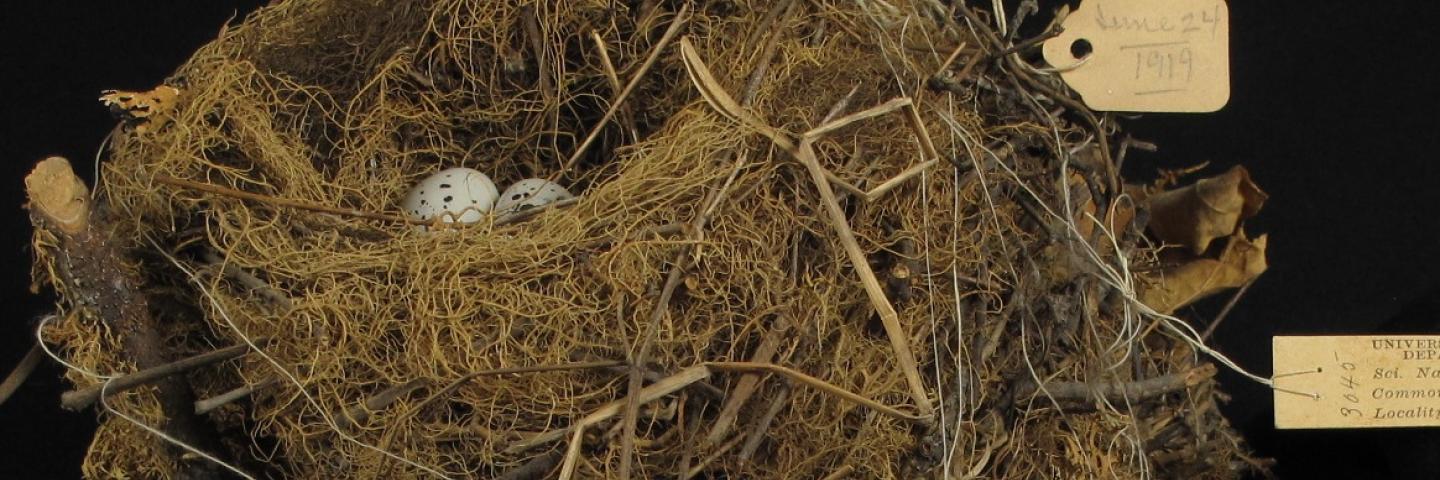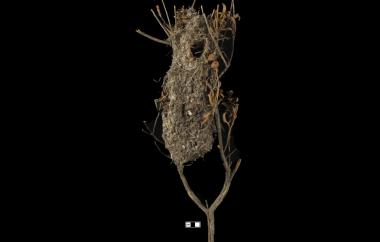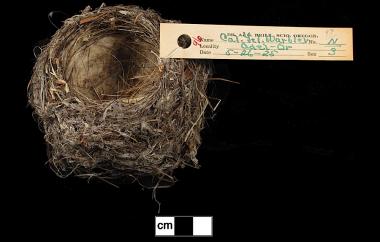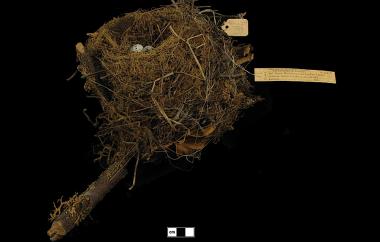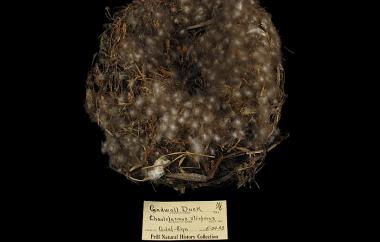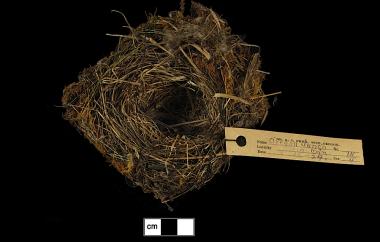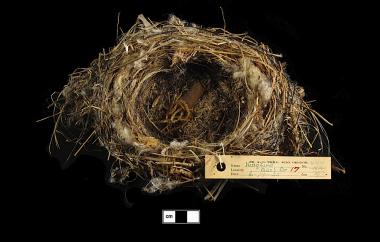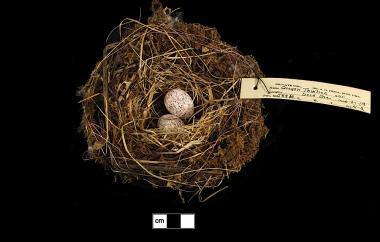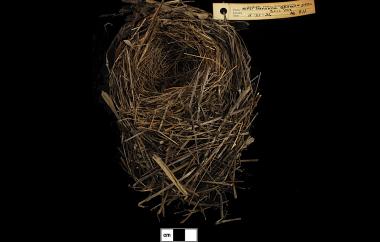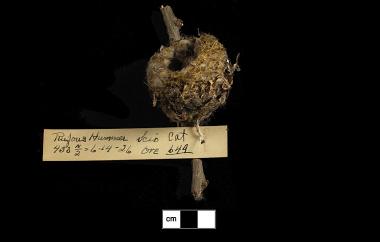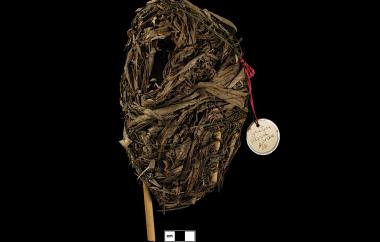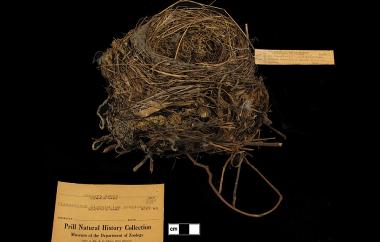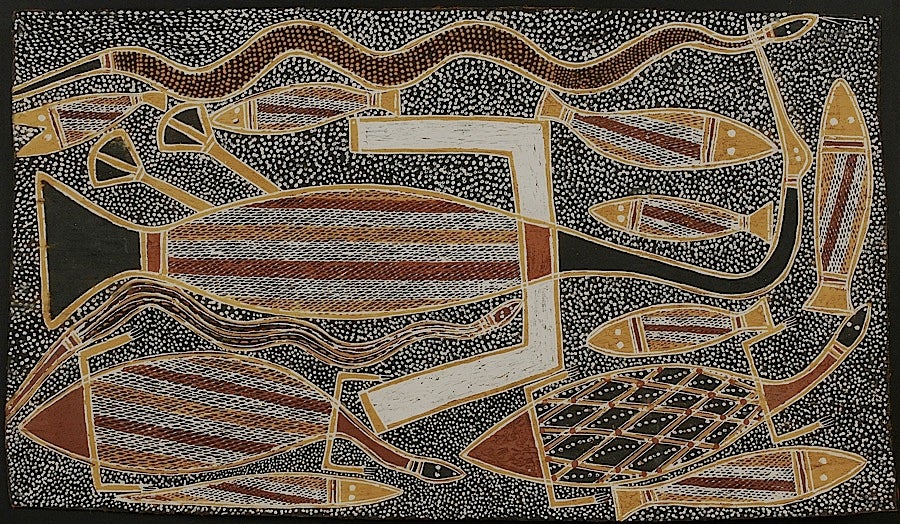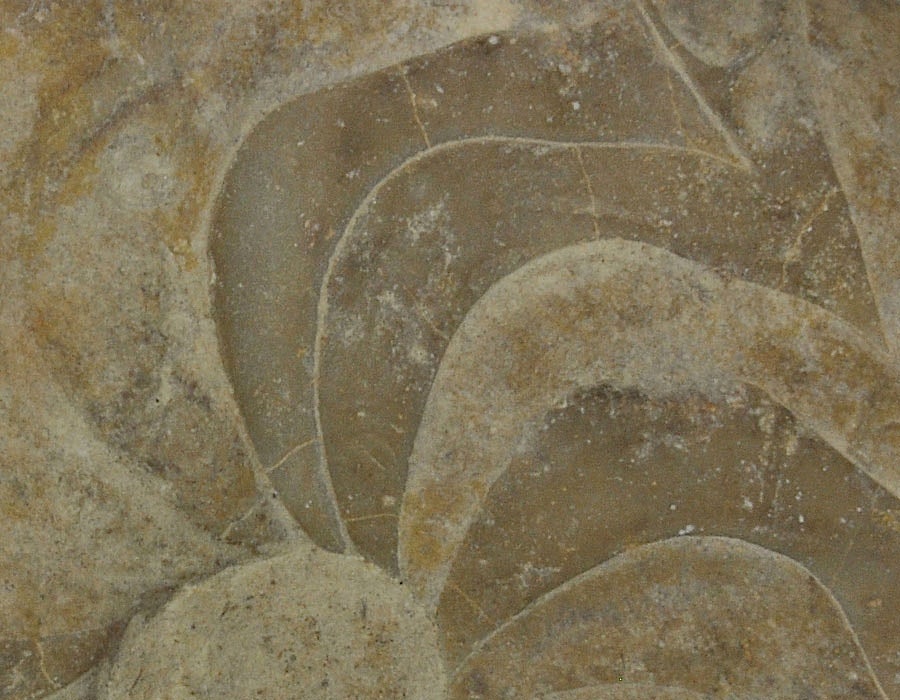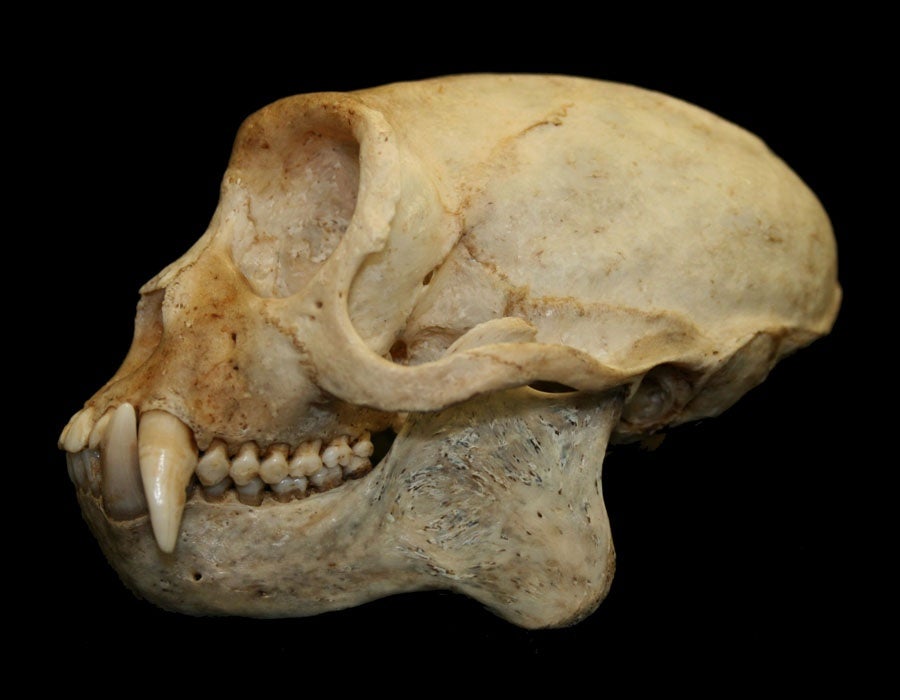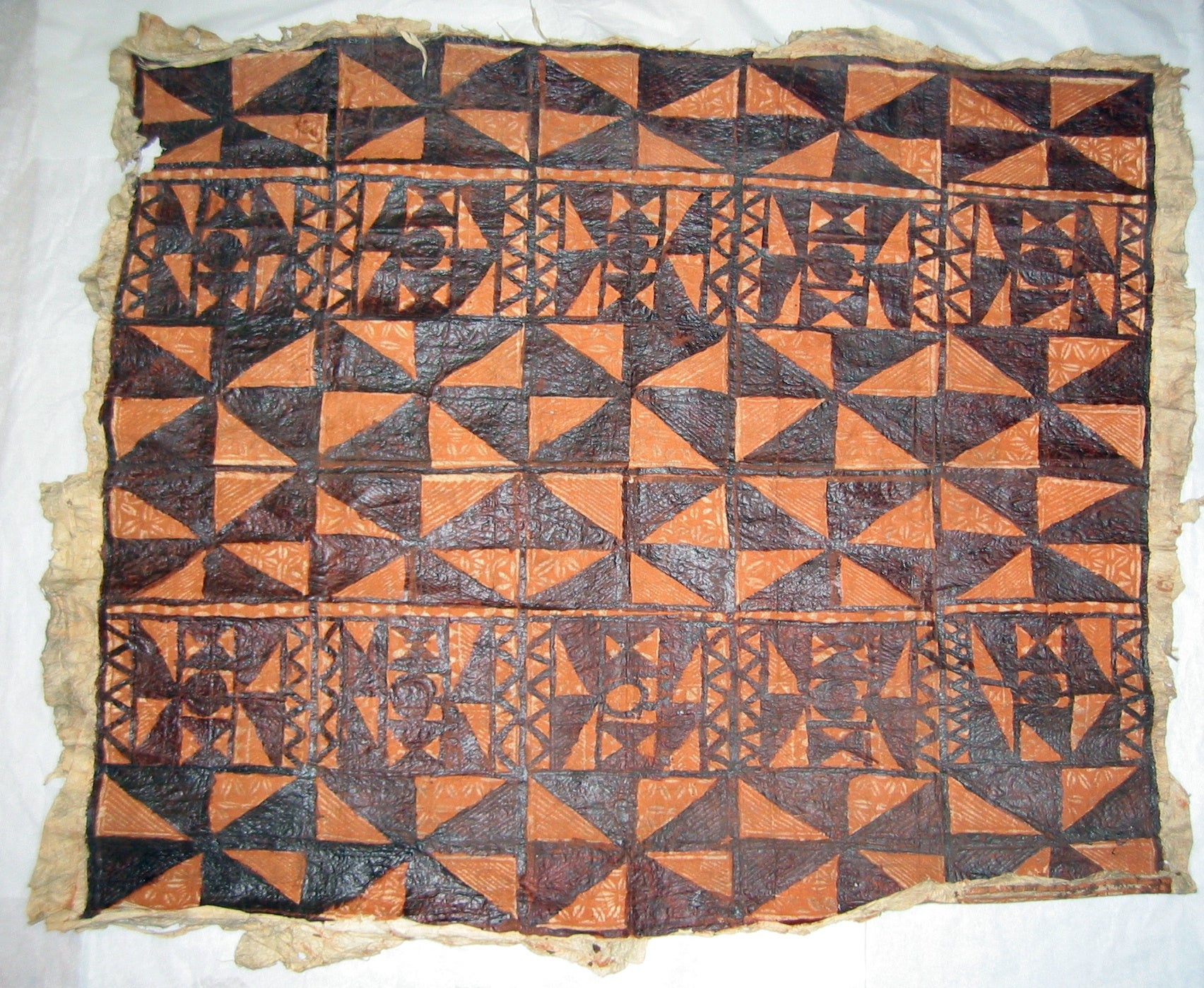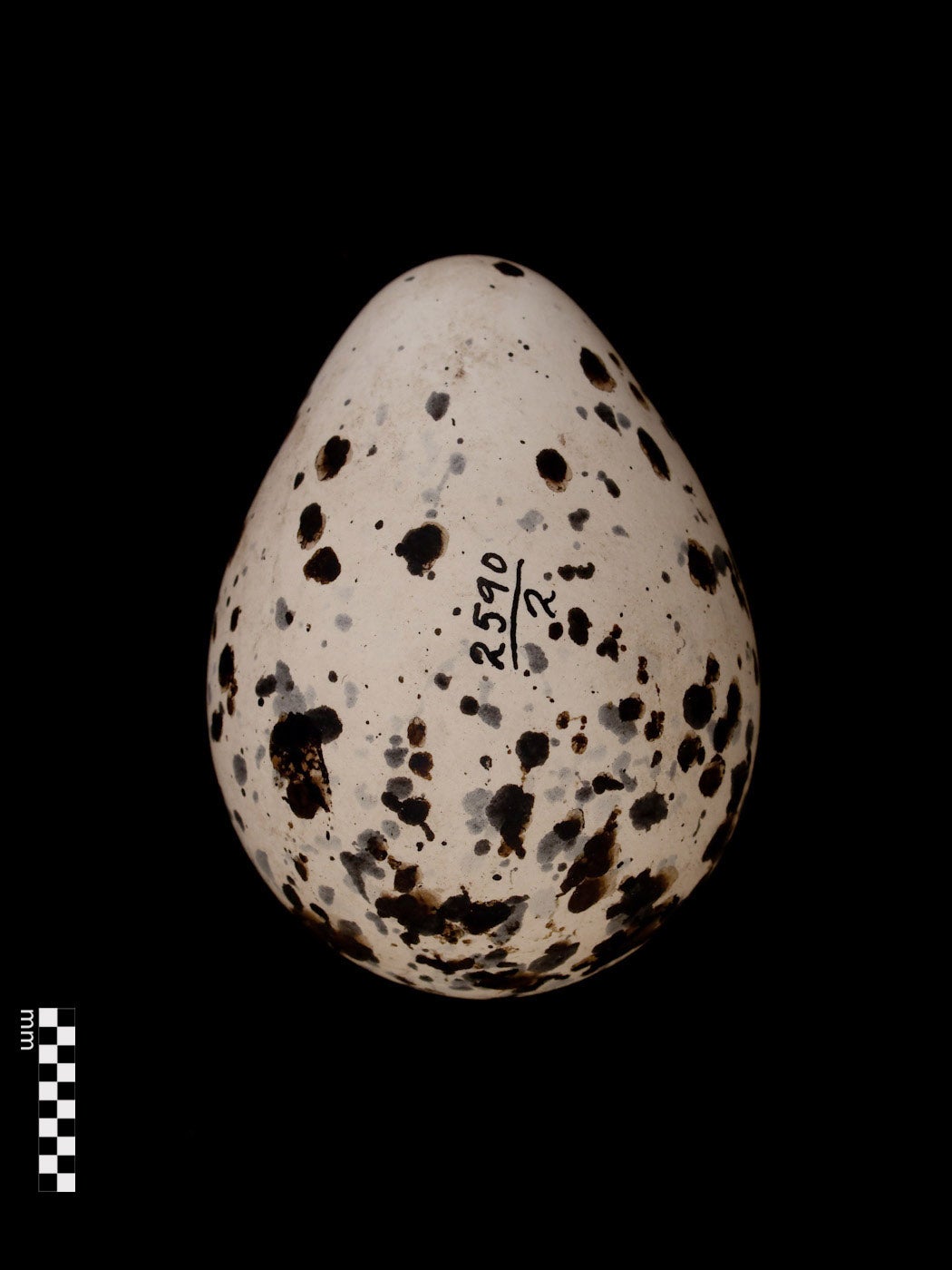Birds are natural architects. The variety and complexity of their nests and their innate construction skills have long fascinated ornithologists and bird lovers alike. Although the origin of nest-building is lost to us, the function of nests is clear: birds build nests to provide a climate-controlled incubation chamber for their eggs. For altricial birds (those who need parental nurturing), nests also provide a protective environment until they can function on their own.
The types of nests birds construct and the locations they choose are determined by the physical and biological characteristics of their environment, such as temperature, humidity, and the presence of competitors, predators, and parasites. Some species build in trees or shrubs; others secure their nests to grasses or reeds. Birds build nests on the ground and on cliff faces, ledges, and the walls of buildings. They build in holes in trees and in burrows in the ground – cavities they find or make themselves. They even build nests that float on water. Location constrains nest architecture. For example, tree- and shrub-nesting songbirds typically build open, cup-shaped nests, whereas many ground-nesting birds simply scrape out a depression, which they may line with insulation material. Birds also build nests shaped like domes and mounds and sacks, spheres, and platforms. Birds of the same species tend to construct similarly shaped nests.
Here we present images of a small sample from the museum’s Albert G. Prill Birds’ Nest Collection. Consisting of more than 200 songbird nests and those of a few water fowl and other species, the nests are part of a large collection of mounted birds, study skins, eggs, and nests that Dr. Prill donated to the University of Oregon in 1945. Fascinated by birds from childhood and with a permit from the Smithsonian Institution, Dr. Prill, who lived for many years in Scio, Oregon, collected nests of Pacific Northwest birds and traded for nests from other parts of North America.
Further Reading:
Collias, N.E. and E.C. Collias
1984 Nest Building and Bird Behavior. Princeton University Press, Princeton, New Jersey.
Erlich, P.R., D.S. Dobkin, and D. Wheye
1988 The Birder’s Handbook: A Field Guide to the Natural History of North American Birds. Simon & Schuster, New York.
Sibley, D.A.
2000 The Sibley Guide to Birds. Alfred A. Knopf, New York.
Fuller, H.
n.d. Glossary to Archaic Bird Names Found in Old CBC Records (and Other Historic Bird Records). Electronic document: http://www.towhee.net/history/archaic.html.
Bushtit
Psaltriparus minimus
American Goldfinch
Spinus tristus
American Dipper
Cinclus mexicanus
Gray Jay
Perisoreus canadensis
Blue-gray Gnatcatcher
Polioptila caerulea
Yellow Warbler
Setophaga petechia
Cedar Waxwing
Bombycilla cedrorum
Gadwall
Anas strepera
Dark-eyed Junco
Junco hyemalis
Western Kingbird
Tyrannus verticalis
Spotted Towhee
Pipilo maculatus
Savannah Sparrow
Passerculus sandwichensis
Rufous hummingbird
Selasphorus rufus
Marsh Wren
Cistothorus palustris
